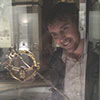What can a rusty piece of iron tell us about Scotland’s past?
If you were digging with archaeologists, iron boat rivets like these might be the first clue that you were about to discover a ship with a Viking adventurer buried in it.
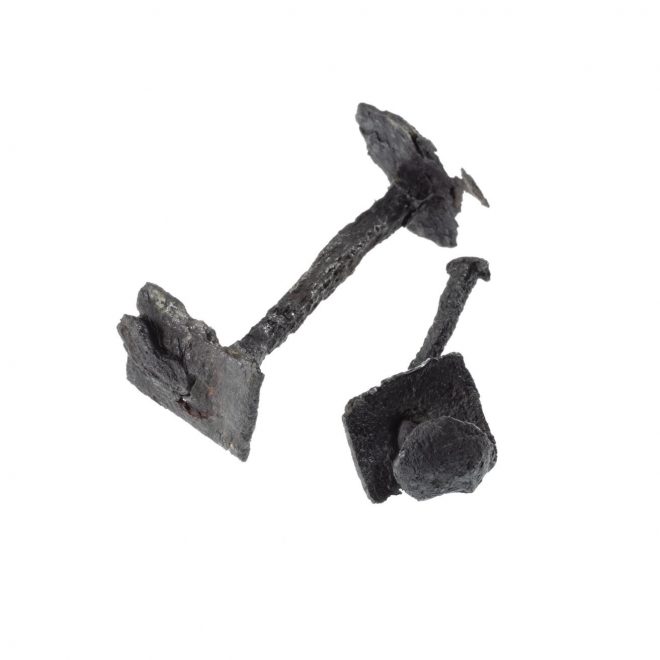
Viking ships were very cleverly built from curved wooden planks held together with iron rivets to make them water-tight. The wooden planks would usually have rotted away over the thousand years since it was buried because wood is soft and doesn’t survive well in the earth. Although they would probably be all rusty now, the iron rivets are harder than the wood and will often be all that is left of the ship. But by carefully measuring and recording where all the iron rivets were discovered, an archaeologist will be able to see the shape of the ship – like a ghost of a boat left in the soil.
In the 2013 Vikings! exhibition at the National Museum of Scotland, boat rivets were used to create the ghost of a ship. The rivets appeared to float in the air because they had all been carefully hung in place with translucent wire to give the outline of the planks of a ship.
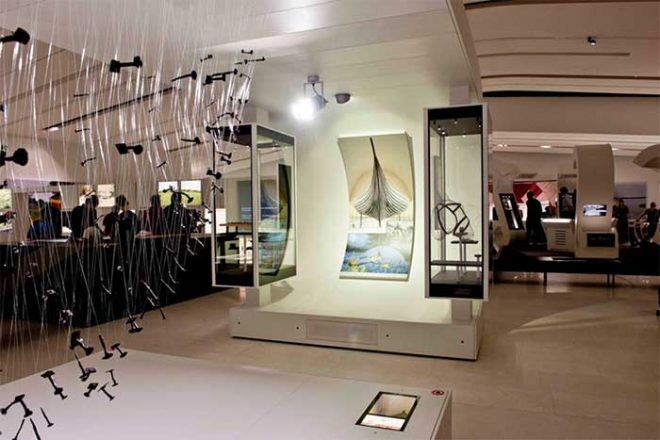
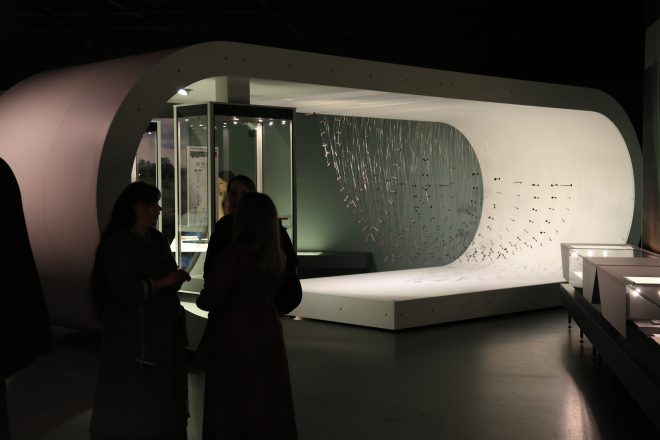
A ship opens up the imagination towards distant shores and tales of adventure. This is what inspired the production company of BBC CBeebies’ Teacup Travels, when they were consulting with us about Viking age artefacts for their latest episode. Each story in the series features a replica of an ancient artefact from a museum somewhere in the UK, which opens a door to ancient worlds and civilizations for young viewers. Despite having magnificent Viking Age gold and silver hoards in our collection, it was something as small and simple as a rusty boat rivet that sparked their imagination to create a story that will inspire the next generation of budding adventurers and archaeologists.
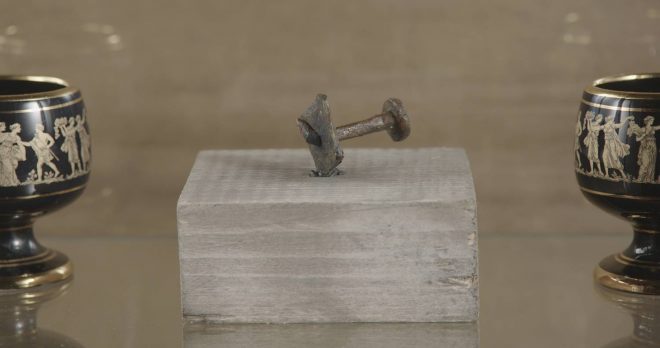
The Viking boat rivets episode of Teacup Travels airs on Wednesday 7 December at 5.35pm and will be available on iPlayer afterwards. Find out more and design your own adventure at www.nms.ac.uk/teacuptravels.
